

Every New Year’s Eve, illustrator Jeff Östberg draws a self portrait. Entering 2018, his replica raised a glass to the future at a table set with lavish seafood platters overflowing with oysters, lobster and shrimp.
For 2017, he puffed on a celebratory cigar, a bottle of champagne on ice nearby, and the good wishes for 2016 came from the hood of an old school BMW – the car he’d buy if he had his driver’s license. The ritual is a way for him to draw things he was too busy to create in the past year and a way to document his hopes for a successful 12 months ahead. Mostly though it gives him something to do at his parents’ home in northern Sweden which he always visits for the holidays.
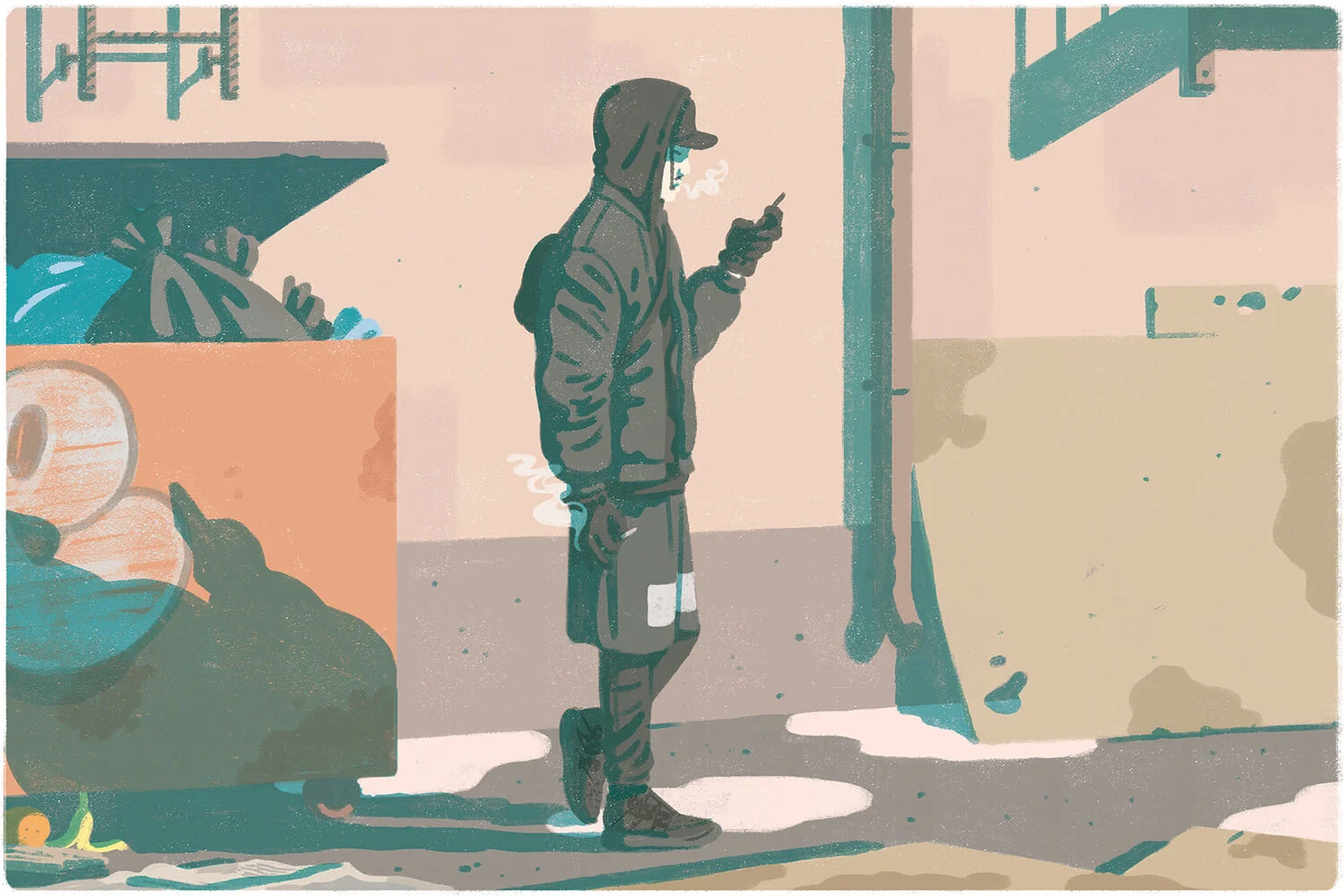


Usually based in Stockholm, Jeff’s main subjects are the stylish inhabitants of the city going about their daily lives. He people-watches while waiting for the train, listening to music. His subjects zoom by on their bicycles, amble by with their dogs or join him on public transport.
“There’s often a lot of beauty in small things going on around us that we tend to miss because we are too busy thinking about our own lives,” he says. He writes notes to himself to remember a detail about a passer-by or how they were dressed for a drawing he’ll make later. Sometimes he’ll hurry home to capture what he’s seen on the street.

The characters in Jeff’s works are a diverse cast across race, social status and gender. It’s important to him to represent all kinds of people in his work and to illustrate them in a way that feels like you could know them or relate to them, even if they’re different from you.
“Since I draw a lot of realistic people, I feel a responsibility to portray them in a respectful and honest way,” he says.
Jeff is most inspired by what people wear. In one of his drawings, a woman reads a Penguin classic while wearing a button-up shirt in a fried egg print beneath a suede jacket. Another checks her phone on the metro platform in a trench coat and Nike sneakers, her braids in a tall twisted updo.

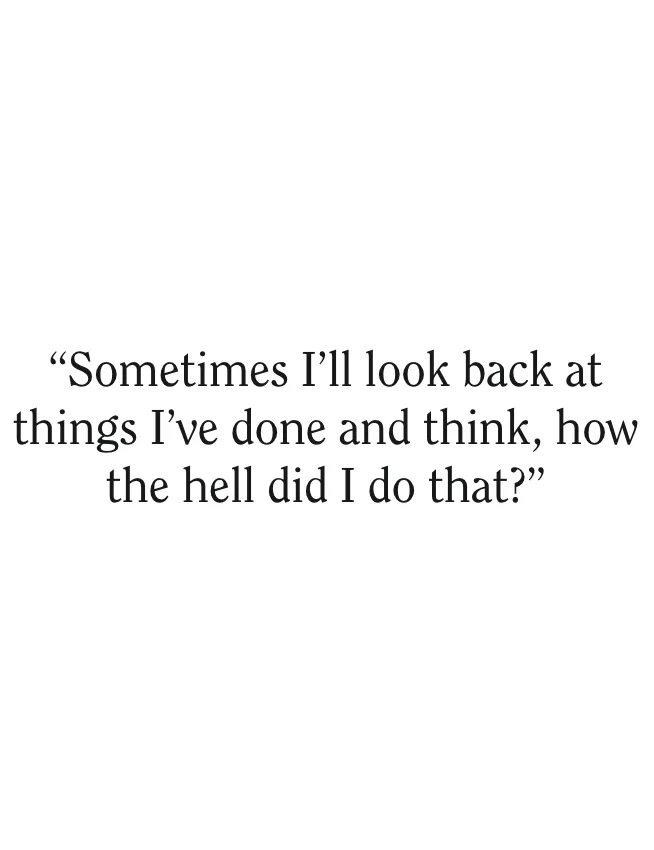
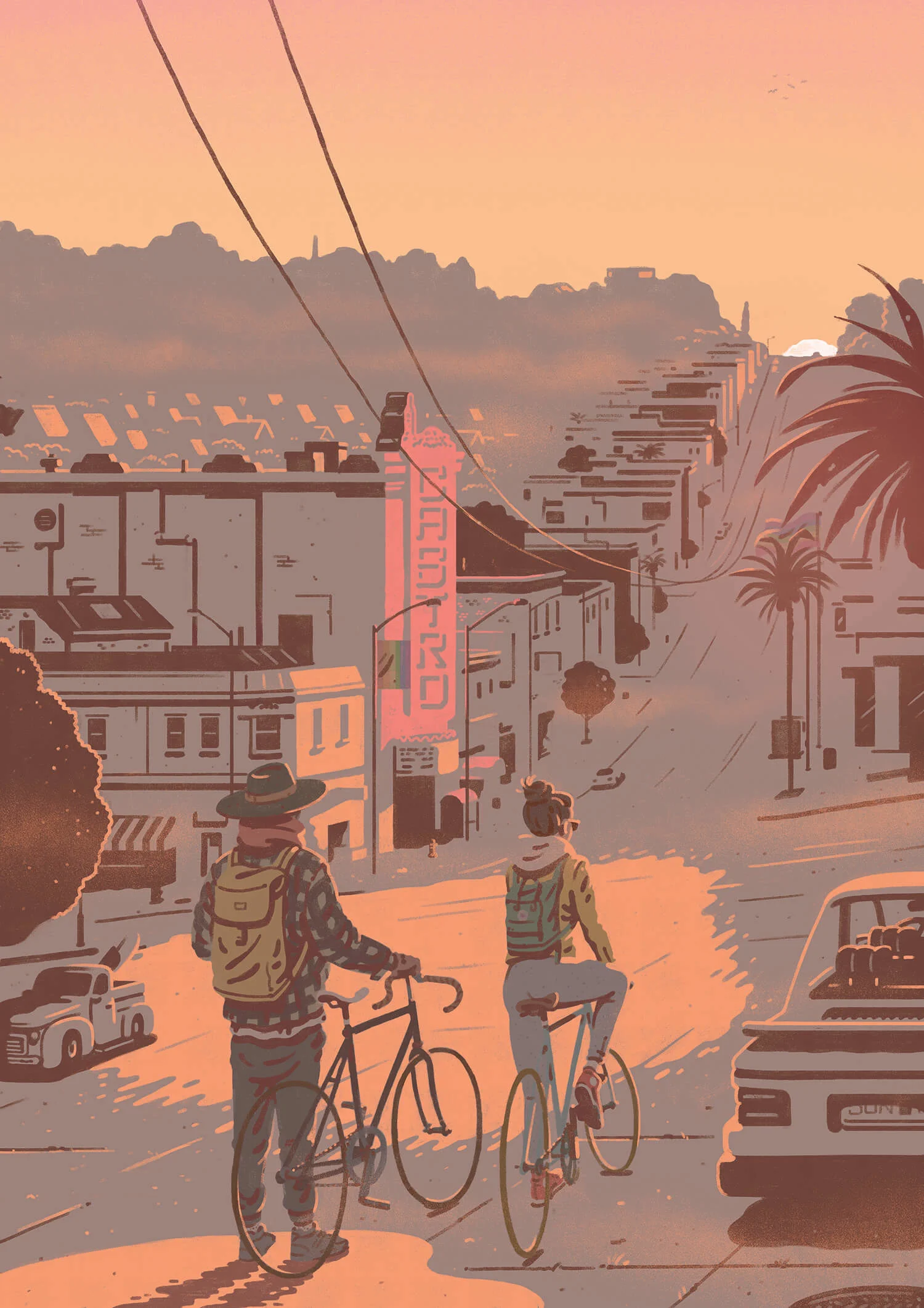
Peak caps, backpacks, sneakers and spectacles are frequent accessories. “It fascinates me that all of us say something with the way we dress,” he says. “Some more or less unconsciously while others have an idea for every single detail from top to toe. I love fly old people who still care about their look. I wish to have the energy to be that person if I make it that long.”
Jeff’s interest in fashion comes from his mother, a textile artist. He grew up surrounded by fabrics and prints which have had a strong influence on the way he sees the world, how materials and color work together.
It was back at his parents’ house over a Christmas break a few years ago where his current style began to take shape too. Experimenting with some new felt pens during a sketch session with a college friend, he began reducing the outlines of his figures.

The layers of color created by the ink – darker where he went over certain parts with the markers – inspired him to refine this style digitally to add a level of depth to his work. In more recent pieces, Jeff will only use variations of two or three colors in an image, lightening or darkening the tones (as if drawing over them with the same marker) to show sunlight or shadow.
His palette is subdued and, one suspects, painstakingly chosen. But he insists that he chooses them spontaneously within an overall mood that he’s hoping to capture. This improvisation is out of character for a self-proclaimed (recovering) perfectionist.
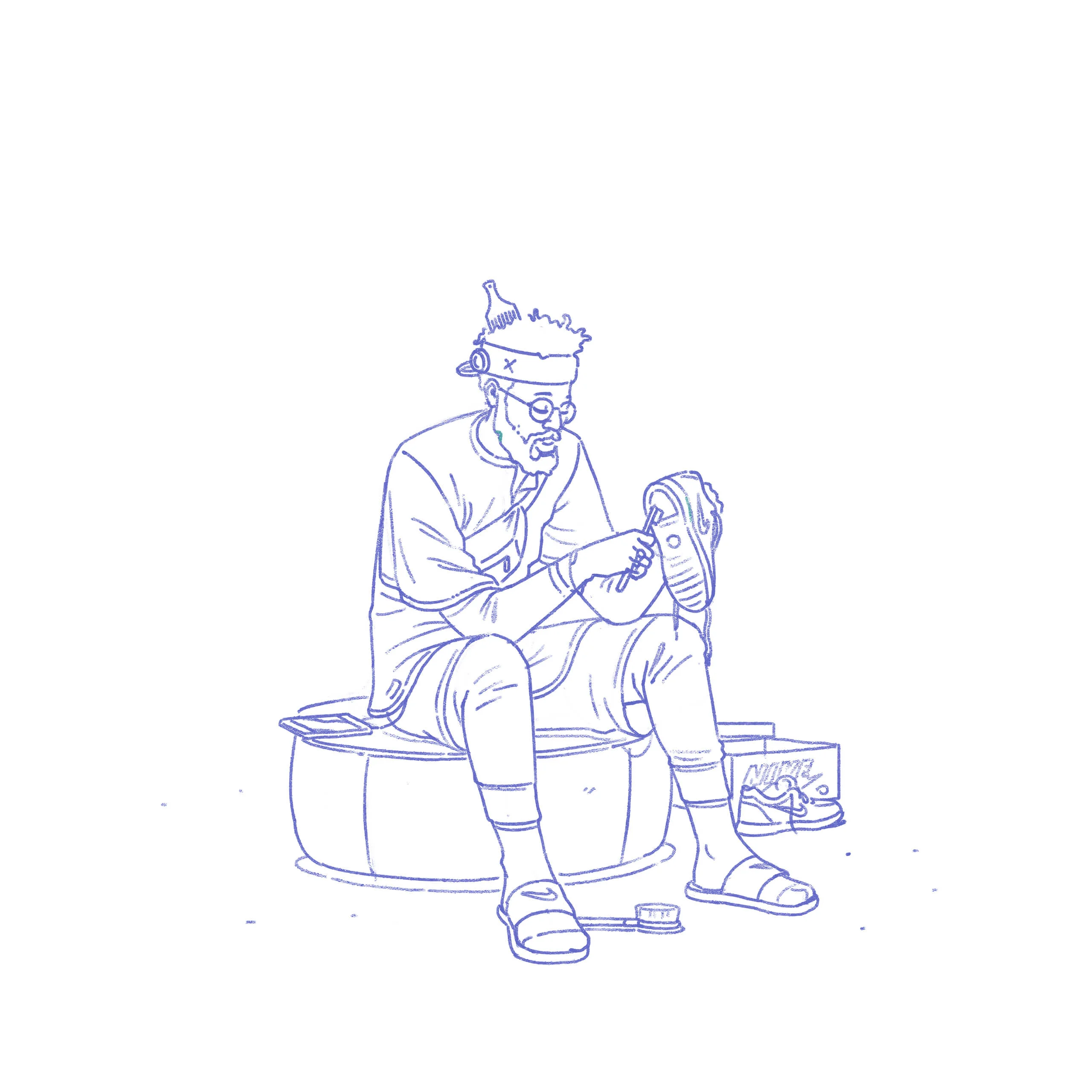
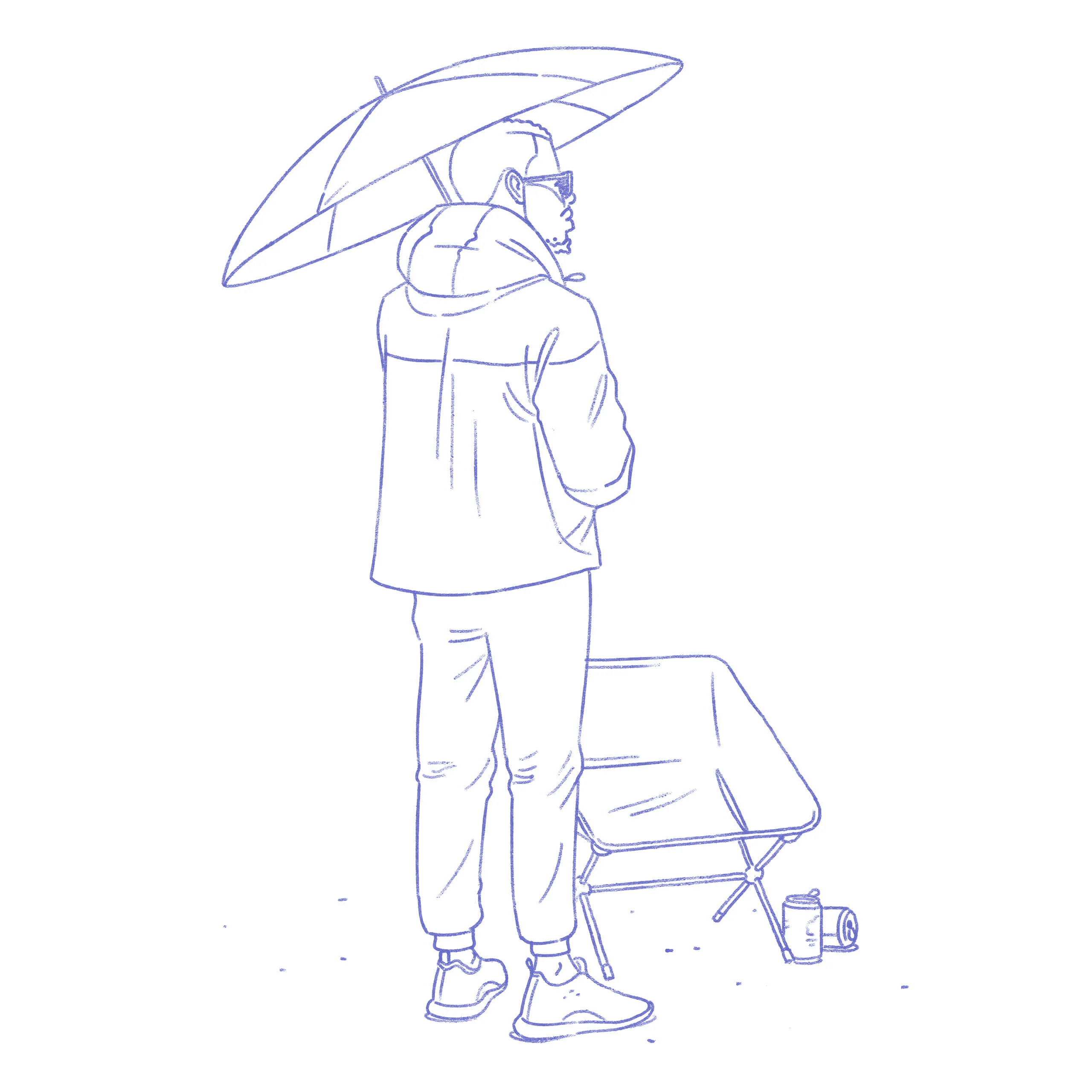



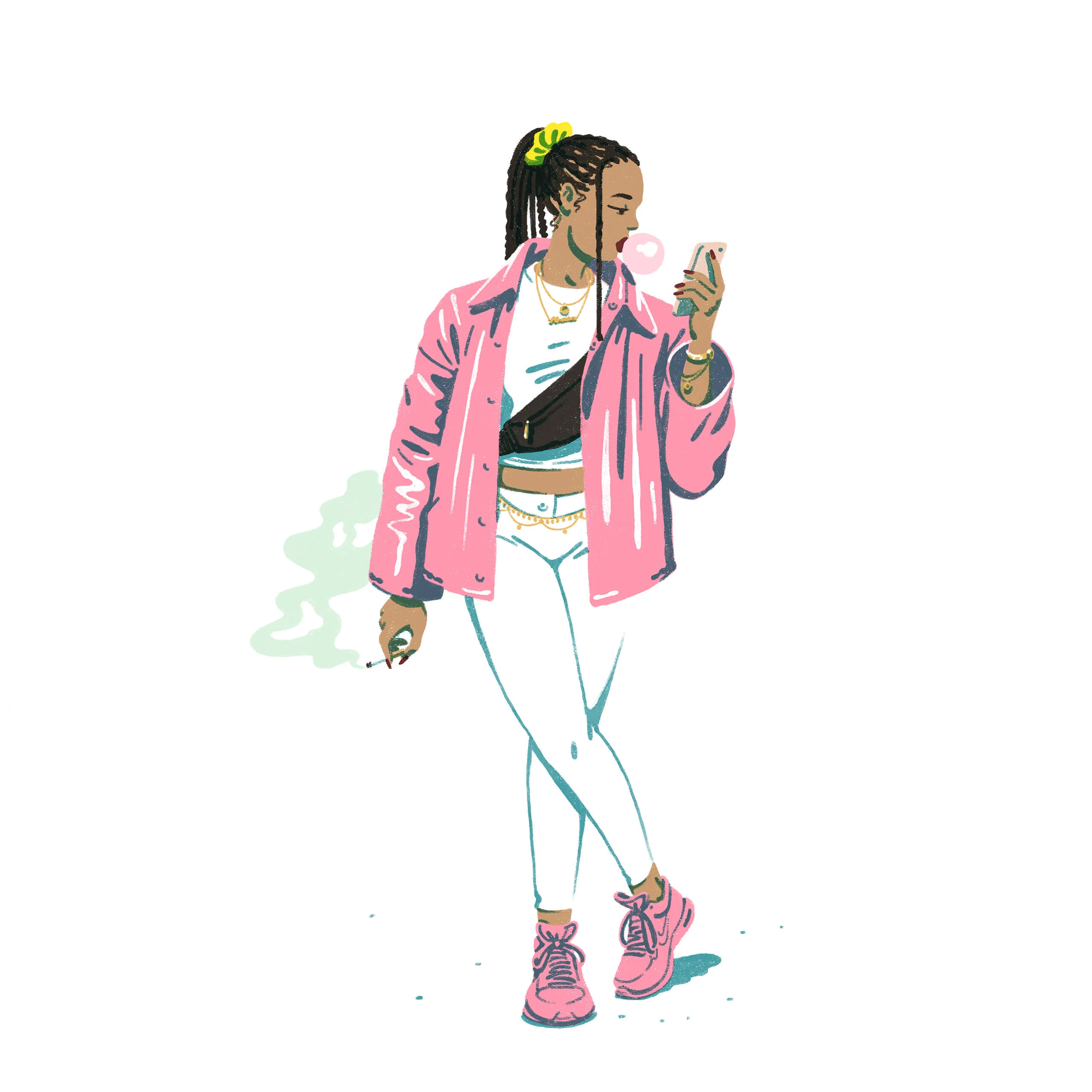
When he looks at his own work he sees the whole scene broken down into pixels calling him to zoom in and change minute details that other people wouldn’t notice.
His process is time-consuming to say the least. For every illustration that he produces, he’ll first make a clean line-drawing by hand in exact detail of the final image which he then adds color to digitally, losing the lines in the process.
This can be tough when he has quick turnarounds for clients, but the key is to get into his flow and let his instincts take over. “Sometimes I’ll look back at things I’ve done and think, how the hell did I do that?”
Words by Alix-Rose Cowie.

